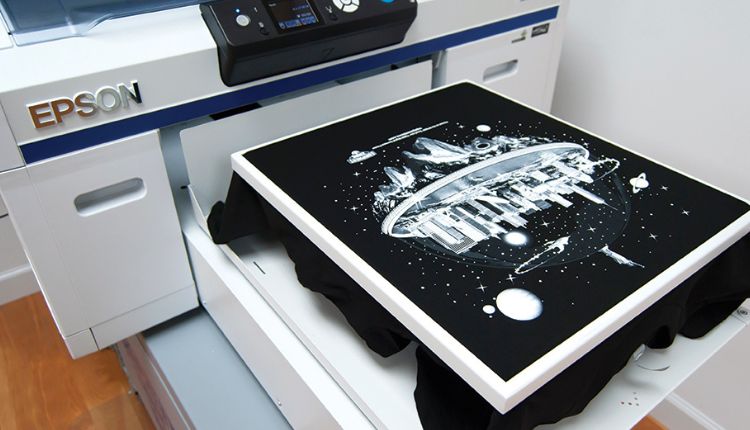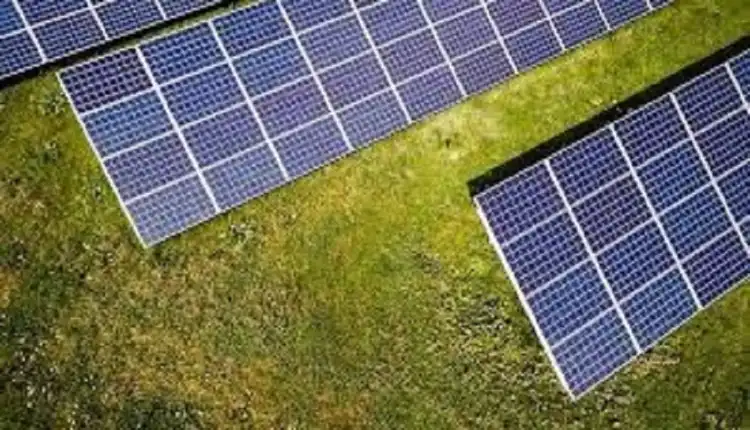
All You Need to Know About Direct-To-Garment Printing
If you’re interested in utilizing t-shirt printing to promote your brand or organization, direct-to-garment (DTG) printing is an excellent option. This technology uses digital inkjet printing to produce high-definition images that won’t peel off or fade over time.
It’s also faster than screen printing, embroidery and traditional digital printing for small-batch orders. And it’s a great choice for printing graphic tees that feature complex designs.
Cost
Pruf – Direct to Garment Printing is a great way to create quality custom t-shirts, but it’s important to know how much it will cost. The type of fabric you use, the number of colors in your design, and the volume of copies you need will all affect the cost of your print job.
If you’re starting a new custom t-shirt business, it’s crucial to know how much your printing will cost before ordering a shirt. You can calculate your ROI based on the equipment you use and the amount of labor required to process the order, but there’s more than that to consider.
Screen printing requires a special screen for each element of your design, which means that it can take a lot of time to create. This makes it ideal for bulk orders, but it can be expensive to produce one-off t-shirts with complex designs. DTG, on the other hand, is quick to set up and is perfect for small runs.
Quality
Direct-To-Garment (DTG) printing is a great option for clothing designers, merchandisers, print shops and sign makers who want to quickly get custom art onto apparel. Unlike more complicated printing processes like screen printing, DTG utilizes digital inkjet technology to print full-color images directly on t-shirts and other garments.
This method can produce a wide range of vibrant colors, crisp, high-resolution images, and fine, photo-quality detail. Best of all, it uses water-based inks that are durable, soft, and environmentally friendly.
It also doesn’t leave behind a distinct texture, so your designs look completely natural. The one downside is that DTG needs a little more aftercare, so be sure to wash your garments using cold water and avoid ironing them on the print area.
Speed
Direct-To-Garment printing is a quick and efficient way to produce high-quality custom garments. It is ideal for small-run orders or one-offs, and it can also be used as a cost-effective way to test new product designs before producing larger quantities.
DTG printers work by spraying a specialized water-based ink directly onto the fabric. The ink soaks into the fibers of the garment, making it soft and durable.
Another advantage of DTG printing is that it is eco-friendly. Many print on demand sellers and customized apparel companies are concerned about environmental issues, so they are more likely to choose DTG over screen printing.
Direct-to-garment printing is a versatile method for producing custom t-shirts. It can be used to print complex designs and high-definition photos. It also works well for a wide variety of fabrics, including cotton and bamboo.
Flexibility
Direct-To-Garment printing is a newer technology that’s rapidly growing in popularity. The benefits of this method include its ability to produce high-quality, durable designs and its versatility in terms of colors and print sizes.
DTG printing is also a more eco-friendly option than screen printing, because it’s easier to work with a broad color palette and requires fewer layers of ink for a design. It’s especially beneficial for intricate designs, detailed graphics, and designs that require a variety of hues and shades to convey their meaning.
DTG printers can be used to print on a wide variety of fabrics, including cotton and bamboo, because they apply water-based ink that’s specifically designed for natural fibers. They also use a pre-treatment process to flatten the fibers, which makes the ink more effective on the fabric.




